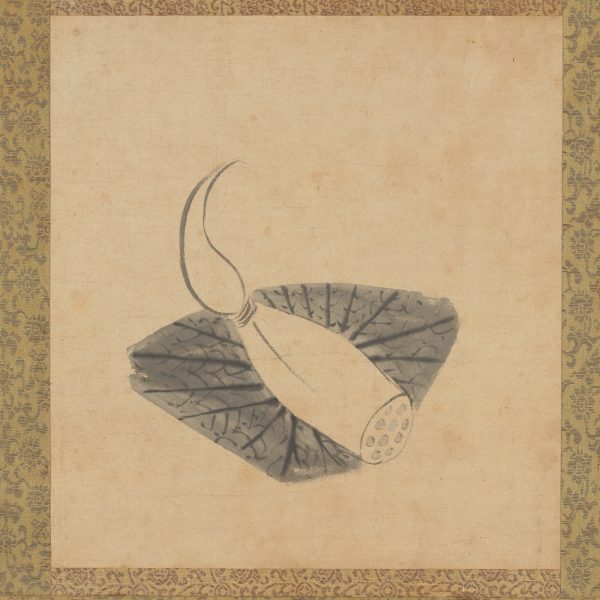Every once in a while, we come across with the paired terms of “wabi” and “sabi” in Japanese society. In fact, however, “wabi” and “sabi” are different esthetics. Then, how are they different? Among the various possible interpretations, we choose to say in our explanations of arts and crafts:
“Wabi” is something incomplete, such as a painting composed by simple brushstrokes with a large unpainted space remaining, and a cracked tea bowl. They are imperfect indeed, but the imperfectness makes them unique and more interesting.
“Sabi” is something impermanent, such as tarnished silver and sooty old bamboo. Their colors are faded and their surface is worn over time. They are aged and lost the original appearance, but attain a tranquil taste instead which can never be found in shining, new objects.
The both of them were originally negative quality, but are enjoyed positively. They must have started being referred as a pair since the idea of reversing evaluation is commonly found.
This exhibition introduces paintings, calligraphies and other artworks based on the interpretation of “wabi” and “sabi,” and tries to shed light on the subtle difference of each aesthetics.
